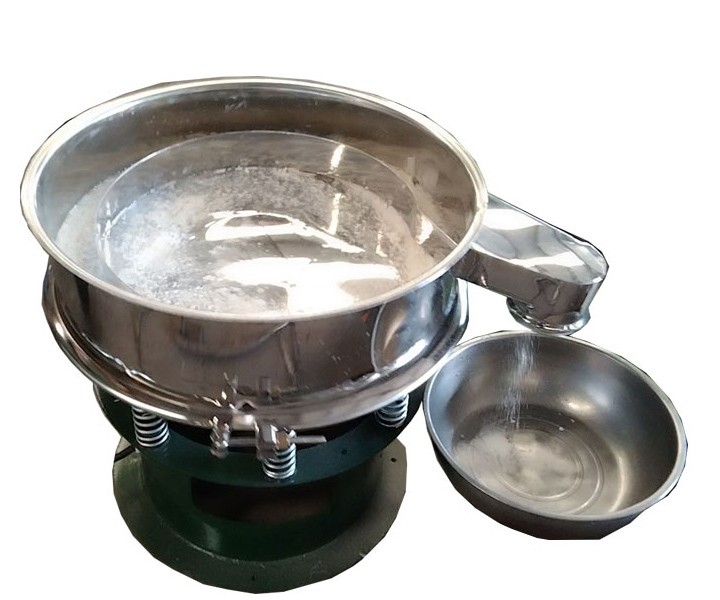
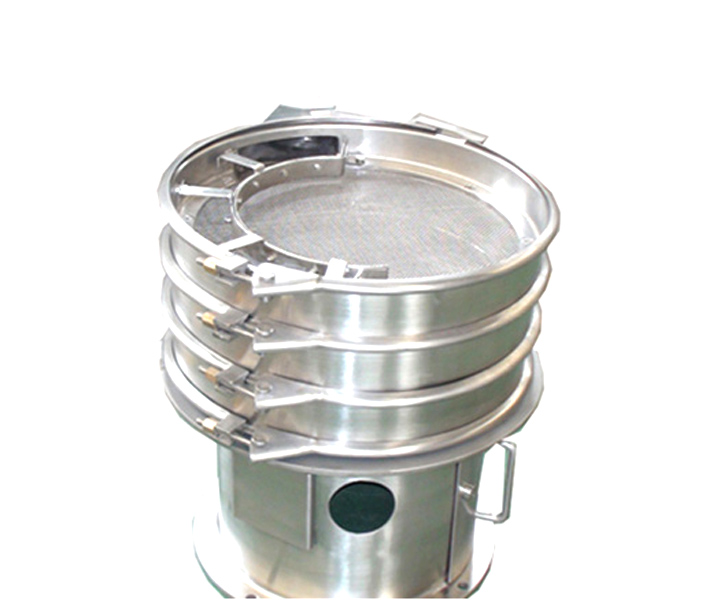
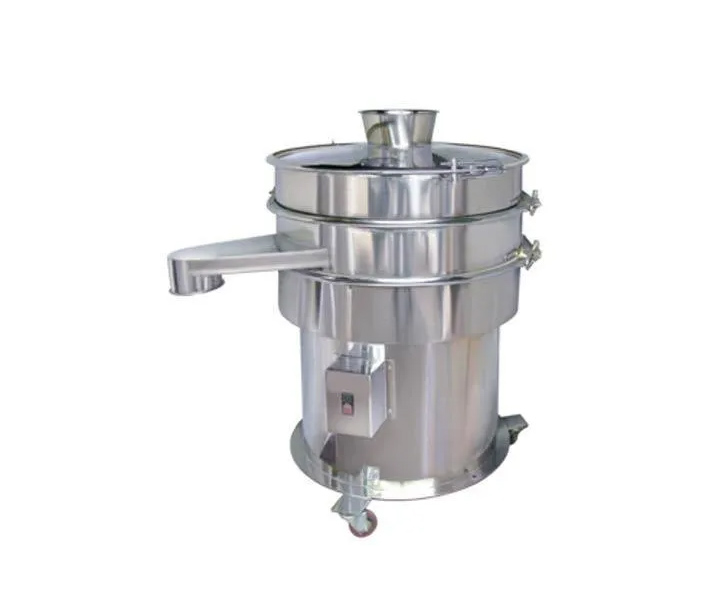
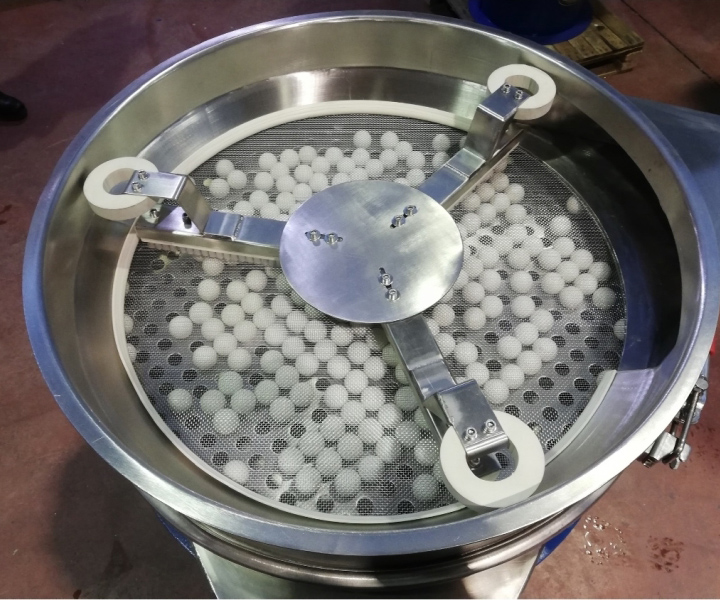






Automatic food coating can be realized through vibration, which can solve the problem of uneven coating of manual coating
![]()
![]()
Price:$800.00-$4,500.00/Set
Consult now and enjoy a 10% discount
Diameter: 400mm(15"), 600mm(24"), 800mm(31"), 1000mm(39"), 1200mm(47"), 1500mm(59"), 1800mm(70"), 2000mm(78")
Capacity: 100-3300kg/h
Material: Stainless steel 304 or 316L
Motor power: 0.25Kw to 2.2Kw or customized
Application: Designed for glutinous rice balls, dumplings, sorghum syrup, potatoes, chicken popcorn, jelly beans, small steamed buns, biscuits, watermelon frosting and other foods that need to be coated with powder
Commitment:
Food coating machine is a piece of equipment used in the food industry to coat food with various ingredients such as batter, breadcrumbs, spices or chocolate. Coating processes can improve the flavor, texture, appearance and shelf life of foods.
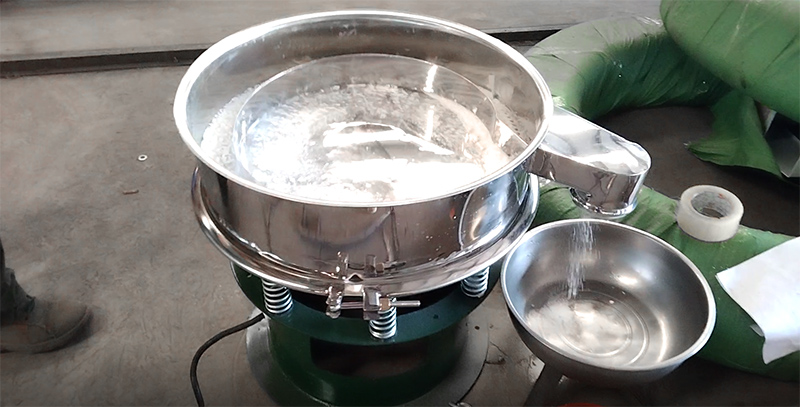
Food coating machine is based on circular vibrating sieve (rotary vibrating sieve), adding inner ring and climbing screen. It is specially designed for glutinous rice balls, dumplings, sorghum syrup, potatoes, chicken popcorn, jelly beans, small steamed buns, biscuits, Watermelon frost and other food designs that need to be coated with flour on the outer layer. The inner ring prolongs the retention time in the glutinous rice ball sieve, and the flour is coated more evenly. , agglomerated dough and glutinous rice balls are automatically discharged. Food coating machine is made of 304 food-grade stainless steel, the body is polished, clean and hygienic.

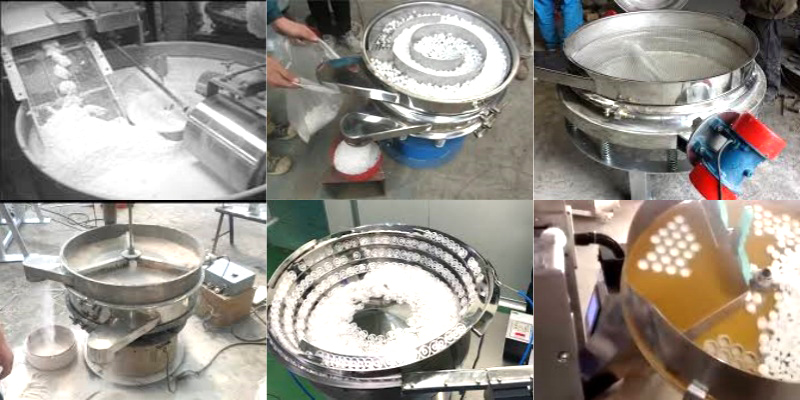
A food coating machine is a device used in the food industry to coat food. Coatings can consist of a variety of ingredients, such as batter, breadcrumbs, spices or chocolate, and are used to improve the flavor, texture, appearance and shelf life of foods.
A food coating machine typically consists of a conveyor belt that takes food products through a series of stages including pre-flouring, battering, breading and final coating. The machine can be customized to apply a specific type of coating depending on the food being processed.
In the pre-flouring stage, food is sprinkled with a thin layer of flour or starch to help the batter or crumbs adhere to the surface. The battering phase involves dipping the food item into a liquid batter mixture, which can be made from a variety of ingredients, such as flour, water, eggs, and spices. The breading stage involves coating the food with a layer of breadcrumbs or other dry ingredients.
The final coating stage involves applying the final layer of ingredients, such as melted chocolate, sugar or glaze. Coating machines can also be equipped with a drying system to remove excess moisture and ensure that the coating adheres properly to the food.
Food coating machine can realize automatic powder coating, and at the same time solve the problems of uneven coating, high cost, low efficiency of manual coating, food sticking, uneven coating, food safety hazards and other problems caused by manual coating.

Food coating machine has a wide range of applications in the food industry, including:
1. Meat and poultry industry: It is often used in the meat and poultry industry to coat chicken nuggets, fish fillets, meatballs and other products.
2. Snack food industry: used for coating various flavors and coatings of snack foods such as potato chips, popcorn, and pretzels.
3. Baking industry: used to coat icing, sugar or chocolate on baked goods such as donuts, cakes and biscuits.
4. Candy industry: used to coat various coatings on chocolate, soft candy, hard candy and other candy products.
5. Frozen food industry: It is used to coat various coatings on frozen foods such as frozen dumplings, glutinous rice balls, and instant foods to enhance their flavor, texture and appearance.
6. Pet food industry: used in the pet food industry to apply various flavorings and coatings to pet snacks and dog food to make them more attractive to pets.
The food materials (such as sweet dumpling, chocolate, etc.) are put into the food coating machine's feeding tray through the front conveyor for powder coating. The outer side wall of the feeding tray is provided with an output end connected to the material powder coating conveying channel and spiral downward. Under the action of the vibration force, the food will move outward along the spiral conveying channel, and at the same time, under the action of the vibration force, the surface of the food will be evenly coated with a layer of powder, and the material-coated powder conveying channel will be close to the container. One side of the side wall of the material tray is inclined downward, so that the powdered products are discharged from the corresponding outlet and enter the next process. The powder is formed into powder and reused without waste.
Uniform Coating Application
Evenly coats and coats the product well, ensuring that the coating is applied evenly and consistently to the food product, resulting in a high-quality end product with consistent texture and appearance.
Improve productivity
Designed to handle high volumes of food, increasing productivity and reducing labor costs. It is automatically discharged after being wrapped in flour, and the loose flour is recycled without waste, saving labor.
Improve food safety
Made of food-grade stainless steel, it is clean and rust-free, easy to clean, and can meet food safety standards to ensure that food is safe to eat.
Reduce waste
This ensures that the correct amount of coating is applied and excess coating is removed before product packaging, helping to reduce waste.
coating is the level of automation involved in the coating process. Food coating machines are automated equipment that can apply coatings to food products efficiently and consistently, while manual coating involves coating the food products by hand.
Here are some other differences between food coating machines and manual coating:
| Comparison item | Food Coating Machine | Manual Coating |
| Consistency and Quality | Consistently and accurately coats food products, ensuring uniform coating thickness and quality across all products | Uneven application may result, resulting in differences in quality and appearance between products. |
| Production capacity | Designed to handle high volumes | Usually limited to small-scale production |
| Labor cost | Can reduce labor costs as they require fewer workers to operate and can coat food at a faster rate than manual coating | Manual flour coating is inefficient and uneven |
| Health and safety | Meets food safety standards and is easier to clean and sanitize than manual coating equipment | Due to human error, manual coating is more likely to be contaminated, and there are food safety and hygiene risks |
| Flexibility | The paint can be changed flexibly, and a variety of coatings can be applied to different products | May be limited by worker skills and expertise |
| Model | Diameter (mm) |
Feeding Size (mm) |
Frequency (RPM) |
Layers | Power (kw) |
Capacity (kg/h) |
| DH-400 | 400 | <10 | <1500 | 1-5 | 0.18 | 100 |
| DH-600 | 600 | 0.25 | 200 | |||
| DH-800 | 800 | 0.55 | 500 | |||
| DH-1000 | 1000 | 0.75 | 800 | |||
| DH-1200 | 1200 | 1.1 | 1200 | |||
| DH-1500 | 1500 | 1.5 | 1800 | |||
| DH-1800 | 1800 | 2.2 | 2000 |
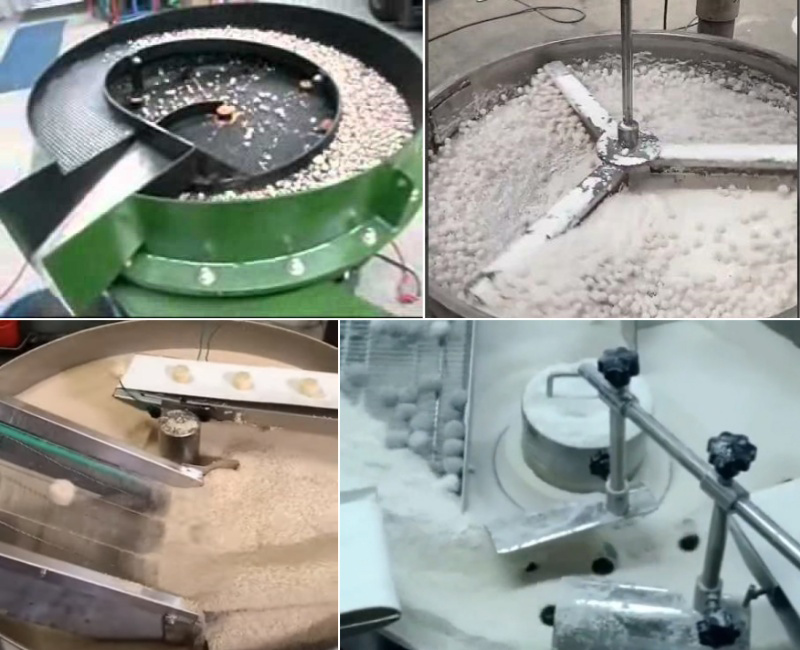
The food coating machine solves the problems of glutinous rice balls, dumplings, sorghum, potatoes, chicken popcorn, jelly beans, small steamed buns, biscuits, watermelon frost, low efficiency of manual coating, food sticking, uneven coating, and food safety hazards.
There are many different ingredients and materials that can be used to coat foods, depending on the desired effect and the type of food being coated. Here are some common materials used to coat food:
1. Batter: Batter is a mixture of flour, water, and other ingredients such as eggs, milk, and spices. They are commonly used to coat fish, chicken and vegetables before frying.
2. Breadcrumbs: Breadcrumbs are made by grinding dry bread into small pieces. They are often used to coat meat, fish, and vegetables before frying or roasting.
3. Spices and seasonings: Spices and seasonings such as salt, pepper, garlic powder, and paprika are often used to add flavor and texture to food coatings.
4. Chocolate: Chocolate is often used in the coating of confectionery products such as candies, truffles and fruit.
5. Sugars and glazes: Sugars and glazes are commonly used to coat baked goods such as pastries, cakes and donuts.
6. Starches and flours: Starches and flours such as cornstarch, potato starch, and rice flour are often used to coat food before frying to help the batter or breadcrumbs adhere to the surface.
In general, the choice of coating material depends on the desired effect, the type of food being coated and the production process used in the food industry.
Address:China,Yanjin county forest park gate to the west 1000 meters north road.